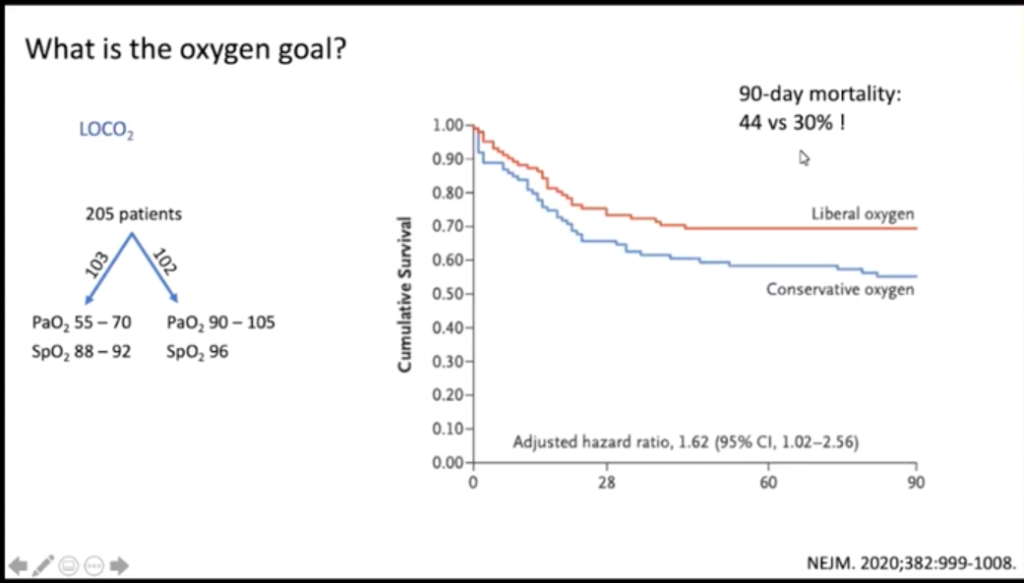This is hopefully the first of many lectures we will be able to post from Dr. Nirav Shah – master of all things vent related. In this lecture Dr. Shah discusses ventilator waveform analysis. Do you know there are 3 forms of iatragenic lung injury that can be caused by improper vent settings? Ever heard of the stress index? Are the ventilator “smart” modes actually “dumb” when faced with the decompensating patient? Take a listen and find out…
Podcast: Play in new window | Download
Subscribe: Apple Podcasts | RSS
Pearls
- Whenever approaching the vented patient, consider what’s going on with 4 key variables:
- Flow
- Volume
- Pressure
- Time
- In order to obtain a plateau pressure in a volume control mode, press and hold the end-inspiratory hold button and watch for the plateau. Generally these pressures should be kept < 30 cm H2O.
- You can monitor for auto peep via 3 different methods:
- Check an end-expiratory hold – if the plateau doesn’t return to baseline there’s auto peep
- If the VTe does not equal the VTi
- If the volumes below the inspiratory and expiratory flow curves are unequal
- The differential diagnosis for a patient with BOTH increased peak and plateau pressures is:
- Abdominal compartment syndrome
- Restrictive lung disease
- ARDS
- Pulmonary edema
- Tension pneumothorax
- Stress index
- SI = 1 is the goal
- SI > 1 indicates a decrease in lung compliance and alveolar overdistention
- SI < 1 indicates an increase in compliance and a potential for increased alveolar recruitment
- Auto peep can be reduced by:
- Increasing expiratory time, decreasing inspiratory time
- Decreasing TV
- Decreasing RR (sedation or paralysis if necessary)
- Increasing PEEP
- The 3 major forms of lung trauma that can occur in the ventilated patient are:
- Barotrauma
- Volutrauma
- Biotrauma – caused by ventilator dyssynchrony
Suggested Reading
- Georgopoulos D, Prinianakis G, Kondili E. Bedside waveforms interpretation as a tool to identify patient-ventilator asynchronies. Intensive Care Med. 2006 Jan;32(1):34-47.
- Dhand R. Ventilator graphics and respiratory mechanics in the patient with obstructive lung disease. Respir Care. 2005 Feb;50(2):246-61.



